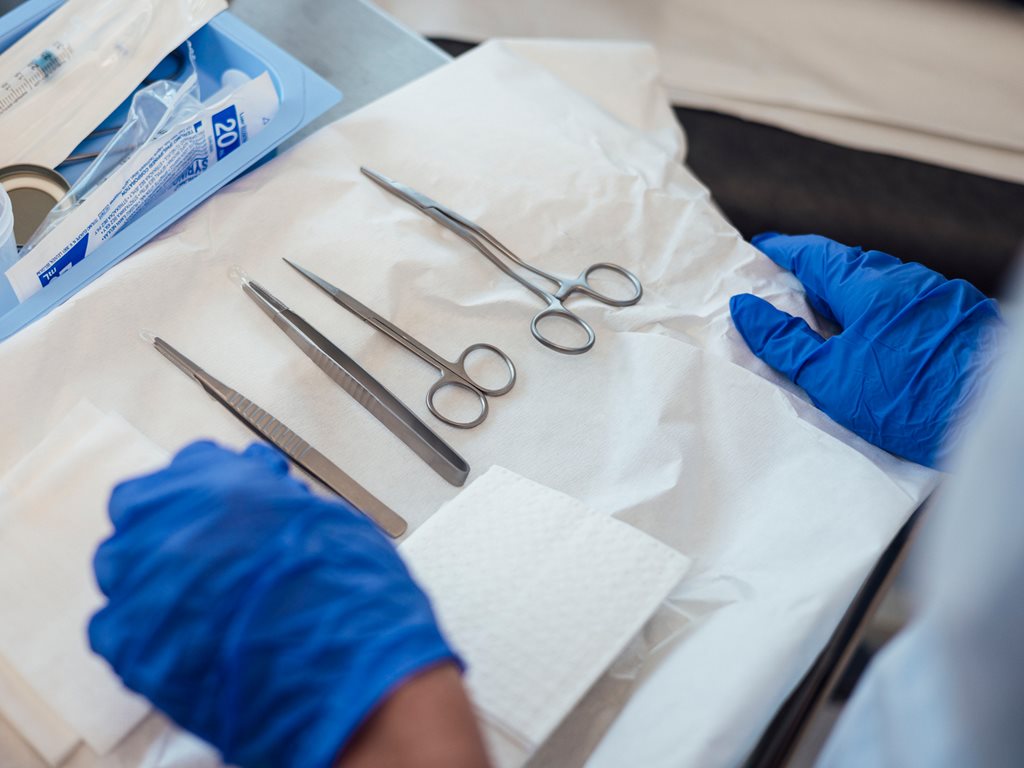
Within the past five years, thousands of patients were exposed to improper reprocessing of multi-use instruments at two community clinics. The exposure resulted from inadequate cleaning, disinfection, or sterilization of instruments used in procedures including injections, insertions of devices, biopsies, and tissue excision. In both cases, patients were urged to get testing for transmittable diseases such as hepatitis B and C and HIV.
These examples demonstrate that failure to ensure the proper reprocessing of reusable medical equipment can pose a risk of transmission of life-altering pathogens to large numbers of patients. Below, we share some of the concerns seen by public health units in their investigations of infection prevention and control lapses related to reprocessing and set out best practices to help you keep your patients, your staff and yourself safe.
Lack of education, training for staff
Through their investigations, public health units have observed that inadequate education and training for staff responsible for reprocessing equipment and instruments are a frequent cause of an IPAC lapse. This lack of training and education has resulted in staff not following best practices as they pertain to the six steps of reprocessing:
- Pre-clean
- Disassembly, sorting and soaking
- Cleaning (manual or mechanical)
- Rinsing and drying
- High-level disinfection or sterilization
- Storage
A breach of best practices can include omitting a necessary step such as pre-cleaning or cleaning equipment or instruments prior to disinfection or sterilization.
Distinct responsibilities also apply to regulated health professionals under the Occupational Health and Safety Act in their separate roles as employer, supervisor, and worker, and to staff and Medical Directors under CPSO’s Out of Hospital Premises Inspection Program’s IPAC Standard. To consistently implement IPAC best practices, all staff should receive orientation and regular education specific to their workplace setting.
Failure to document and check processes and indicators
Several IPAC lapses investigated by public health units were triggered by staff self-reporting the use of clean but non-sterilized equipment and instruments. In each instance, instruments were cleaned and packaged for reprocessing, but without any indication or documentation that they were run inside the autoclave and effectively sterilized, and without staff checking the status of the chemical indicators (CIs). These lapses resulted in targeted patient notification.
Routine assessment and documentation of the physical parameters of the autoclave cycle (temperature, pressure, time), biological indicators, and CIs are important to confirm that effective sterilization occurred.
Failure to follow the Manufacturer’s Instructions For Use (MIFU)
In several IPAC lapses, reusable equipment and instruments were not reprocessed according to their manufacturer’s instructions. In some instances, staff had been using the equipment and instruments for several years, unaware that the MIFU had changed. In other instances, disinfectants were used off-label in direct contravention of their manufacturer’s instructions, including inappropriate surface disinfectants being used on reusable equipment and instruments, and inadequate immersion times for equipment in high-level disinfectants. This resulted in an increased risk for patients and, in some cases, occupational health and safety risks for the staff involved in reprocessing.
Further Reading
Physicians can review the guidance from CPSO’s Infection Prevention and Control For Clinical Office Practice Policy and incorporate the following information from PHO into their clinical practice:
Public Health Ontario Guidance: Reprocessing
IPAC Checklist for Clinical Office Practice – Core Elements
IPAC Checklist for Clinical Office Practice – Reprocessing
IPAC Checklist for Clinical Office Practice – Endoscopy
IPAC Lapses – Frequently Asked Questions














